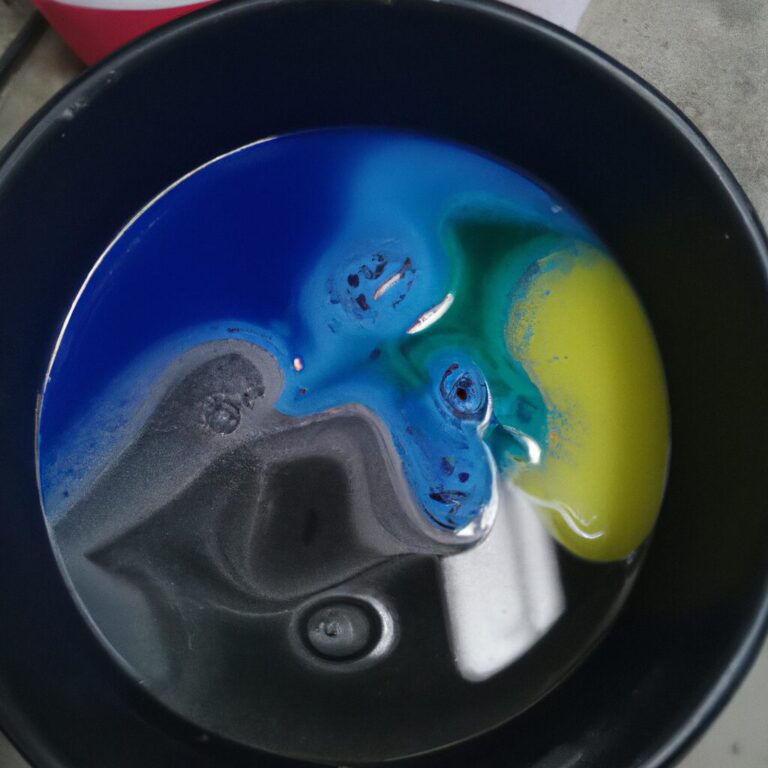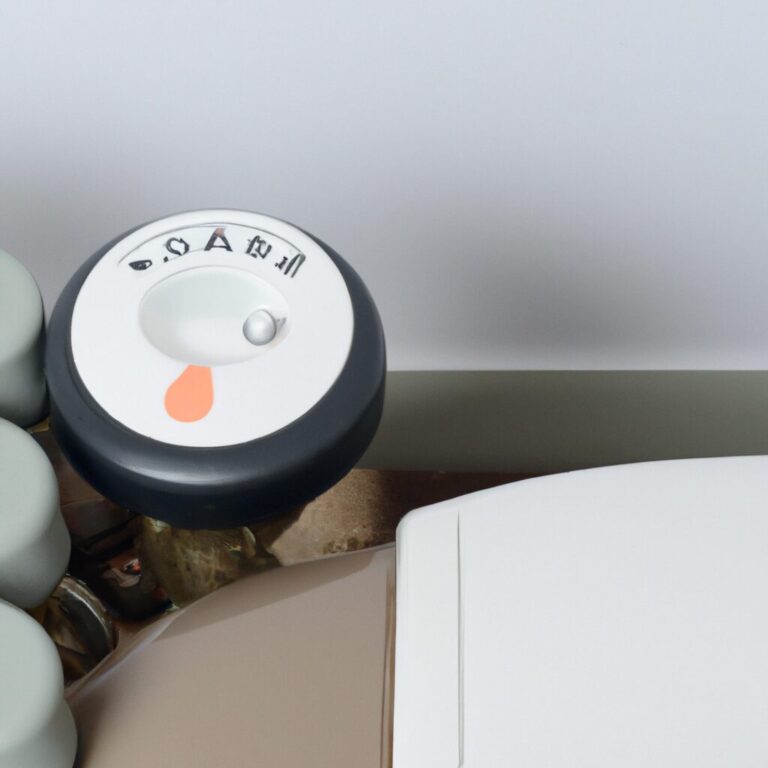Car Wont Start Gauges Flutter
If the car won’t start and the gauges flutter, it could indicate a problem with the electrical system. This issue may be caused by a faulty battery or alternator.
Facing car troubles can be frustrating, especially when your vehicle refuses to start and the gauges start fluttering. This can be alarming, but understanding the potential reasons behind this issue can help you address and resolve the problem efficiently. We will discuss common causes of a car not starting and the gauges fluttering, along with possible solutions to get your vehicle back on the road swiftly and safely.
By identifying these issues promptly, you can potentially prevent further damage to your car and avoid unexpected breakdowns in the future. Let’s delve into the potential causes and solutions to this vexing problem.

Credit: blogproautomotive.com
Common Reasons For Car Not Starting
The frustration mounts as you turn the key in the ignition, only to find that your car won’t start. It’s a scenario familiar to many of us, and it can be a challenging problem to diagnose. In this section, we’ll explore the common reasons why your car may not start, helping you to understand the potential issues that could lurk under the hood.
Dead Battery
One of the most common culprits behind a car that won’t start is a dead battery. This can happen for a variety of reasons, such as leaving your lights on overnight or a battery that has reached the end of its lifespan. When your battery is dead, it won’t have enough power to turn the engine over, leaving you stranded.
If you suspect that your battery is the problem, here are a few things to consider:
- Check your battery connections to ensure they are secure and free from corrosion.
- If you have a battery tester, use it to check the voltage of your battery. A reading of 12.6 volts or above indicates a fully charged battery.
- If your battery is low on power, try jump-starting your car with the help of another vehicle or jump starter pack.
- If jump-starting doesn’t work, it may be time to replace your battery with a new one.
Faulty Starter Motor
Your car’s starter motor is responsible for initiating the engine’s combustion cycle, and if it’s faulty, your car won’t start. A failing starter motor can exhibit symptoms such as a clicking noise when you turn the key or no response at all.
Here are a few things you can do to determine if your starter motor is to blame:
- Listen for any unusual clicking or grinding noises when you turn the key. These may indicate a faulty starter motor.
- Check the electrical connections to your starter motor to ensure they are tight and free from corrosion.
- Consider testing the voltage at the starter motor using a multimeter. If you don’t get a reading, it could be a sign of a faulty motor.
- If you suspect your starter motor is the problem, it’s best to consult a mechanic for further diagnosis and possible replacement.
Ignition Switch Issues
Your car’s ignition switch is another component that can contribute to starting issues. This switch is responsible for activating the electrical system and allowing your car to start.
If you’re experiencing problems with your ignition switch, the following steps may help:
- Check that your key can turn freely in the ignition switch. If it feels stiff or refuses to turn, the switch may be faulty.
- Inspect the wiring connected to the ignition switch for any signs of damage or loose connections.
- Consider having a locksmith or auto electrician inspect the ignition switch for any internal faults that may require repair or replacement.
By understanding these common reasons for a car not starting, you can take steps to troubleshoot the issue and get back on the road. However, if you’re unsure or uncomfortable with diagnosing and fixing the problem yourself, it’s always best to seek professional help.

Credit: www.amazon.com
Understanding Gauges Fluttering
If your car won’t start and the gauges are fluttering, it could indicate electrical or battery issues. This may be caused by a weak or dying battery, faulty alternator, or loose electrical connections. It’s important to have a professional diagnose and fix the problem to avoid further vehicle issues.
Car gauges fluttering can be a frustrating issue when trying to start your vehicle. Gauges are erratic movements of the needles on the dashboard instruments. This is a clear indication of an underlying problem that needs attention.Causes Of Gauge Fluttering
1. Low Battery Voltage: Insufficient power supply can lead to gauge fluttering. 2. Faulty Ground Connections: Poor grounding can cause electrical issues affecting the gauges. 3. Loose Wiring: Loose connections within the electrical system can result in erratic gauge behavior. 4. Instrument Cluster Malfunction: The dashboard instrument cluster itself may be faulty.Impact On Starting The Car
1. Misreading: Gauge fluttering can lead to misreading of vital vehicle information. 2. Starting Issues: Fluttering gauges may indicate underlying issues that could prevent the car from starting. 3. Safety Concerns: Unreliable gauge readings can pose safety risks while driving. In case of gauge fluttering, it is crucial to promptly diagnose and address the underlying causes to ensure the proper functioning of your vehicle.Troubleshooting Steps
When your car won’t start and the gauges are fluttering, troubleshooting the issue can seem daunting. To help you get your car back on the road, follow these steps to pinpoint the problem.
Checking The Battery
Start by checking the battery to see if it’s the source of the problem. Look for loose connections or corrosion on the terminals. Use a multimeter to test the voltage level of the battery.
Inspecting The Starter Motor
Next, inspect the starter motor for any signs of wear or damage. Check for loose wires or connections that may be preventing the starter from engaging properly. Ensure the starter solenoid is functioning correctly.
Testing The Ignition Switch
Lastly, test the ignition switch to make sure it is sending the proper signal to the starter motor. Look for any loose wires or faulty connections that may be causing the issue. Consider replacing the ignition switch if necessary.

Credit: www.reddit.com
Possible Solutions
If your car won’t start and the gauges are fluttering, there are several possible solutions you can try. Check the battery connections, inspect the ignition switch, or examine the starter motor for any issues.
Possible Solutions If your car’s gauges are fluttering and your car won’t start, you’re probably feeling frustrated and unsure about what to do next. Don’t worry, we’ve got you covered. There are a few possible solutions to consider that can get you back on the road in no time. Let’s explore each one in detail.Replacing The Battery
If your car won’t start and the gauges are fluttering, the battery could be the culprit. A weak or dead battery can cause all sorts of electrical issues in your car, including erratic gauge behavior. To determine if the battery is the problem, start by checking its voltage using a multimeter. If the voltage is below 12.4 volts, it’s time for a new battery. To replace the battery, follow these simple steps:- Turn off the engine and open the hood of your car.
- Locate the battery, usually found near the engine compartment.
- Disconnect the negative (black) cable from the battery terminal.
- Next, disconnect the positive (red) cable.
- Remove any mounting brackets or straps holding the battery in place.
- Take out the old battery and replace it with a new one of the same specifications.
- Securely reconnect the positive (red) cable first, followed by the negative (black) cable.
- Double-check that the connections are tight and secure.
- Close the hood of your car and attempt to start the engine.
Repairing Or Replacing The Starter Motor
Another possible cause of fluttering gauges and a car that won’t start is a faulty starter motor. The starter motor is responsible for initiating the engine’s combustion process. If it’s not working properly, your engine won’t come to life. To repair or replace the starter motor, you’ll need to:- Disconnect the car’s battery to ensure your safety.
- Locate the starter motor, typically found near the engine block.
- Remove any obstructions, such as panels or components, that may be blocking access to the starter motor.
- Disconnect the electrical wires connected to the starter motor, remembering to note their positions for reassembly.
- Remove the mounting bolts or screws holding the starter motor in place.
- Take out the old starter motor and replace it with a new one or attempt to repair it.
- Securely reattach any electrical wires, ensuring they are correctly connected.
- Tighten the mounting bolts or screws to secure the starter motor in place.
- Reconnect the car’s battery.
- Try starting the engine to see if the issue has been resolved.
Repairing Or Replacing The Ignition Switch
The third possible solution to consider is repairing or replacing the ignition switch. If the ignition switch is faulty, it can prevent the electrical current from reaching essential components, such as the starter motor. This can cause gauge fluttering and prevent your car from starting. To repair or replace the ignition switch, follow these steps:- Disconnect the car’s battery for safety reasons.
- Locate the ignition switch, which is typically found behind or near the steering column.
- Remove any panels or covers obstructing access to the ignition switch.
- Disconnect any electrical connectors attached to the ignition switch.
- Remove the mounting bolts or screws holding the ignition switch in place.
- Take out the old ignition switch and replace it with a new one or attempt to repair it.
- Securely reattach any electrical connectors, ensuring they are correctly positioned.
- Tighten the mounting bolts or screws to secure the ignition switch in place.
- Reconnect the car’s battery.
- Try starting the engine to see if the issue has been resolved.
Preventive Maintenance
Preventive maintenance is essential to keep your car in optimal condition and prevent unexpected issues, including the frustrating scenario of your car’s gauges fluttering and it not starting. By staying on top of regular maintenance tasks, you can safeguard against potential problems and ensure your vehicle operates smoothly.
Regular Battery Checks
Regularly inspecting your car’s battery can help you identify any potential issues before they escalate. This includes checking for corrosion on the terminals, ensuring the connections are secure, and testing the charge level of the battery. By conducting these checks, you can prevent unexpected battery failures that could lead to gauge flutter and starting problems.
Scheduled Starter Motor Inspections
Scheduled inspections of the starter motor are crucial for ensuring that it is in optimal condition. The starter motor plays a key role in initiating the engine’s operation, and any issues with it can result in starting difficulties, including gauge flutter. Regular maintenance of the starter motor can help identify and address any wear and tear before it causes a major problem.
Maintenance Of The Ignition System
Maintaining the ignition system involves regularly checking the spark plugs, ignition coils, and ignition cables. These components are essential for the smooth ignition of the engine, and issues with them can lead to starting problems and gauge flutter. By ensuring the proper maintenance of the ignition system, you can prevent potential issues that may affect your car’s starting and running condition.
Frequently Asked Questions On Car Wont Start Gauges Flutter
Why Wont My Car Start And The Gauges Flicker?
A car may not start due to a failing battery causing gauge flickering. Check battery connections and condition.
Why Do The Gauges Flutter When I Start My Car?
Your car’s gauges flutter at startup due to the initial surge of power. It’s normal behavior.
What Does It Mean When Your Gauges Flicker?
Gauges flickering can indicate electrical issues in your vehicle. It may suggest problems with the battery, alternator, or wiring. Get it checked by a professional to avoid potential breakdowns and ensure the vehicle’s safety.
Why Do My Gauges Go Crazy When I Try To Start My Car?
Your gauges may go crazy when starting your car due to a low battery, faulty alternator, or loose wiring. It’s important to have your vehicle inspected by a professional to diagnose and address the issue promptly.
Why Are My Car Gauges Fluttering When I Try To Start The Engine?
When the gauges flicker, it could indicate a problem with the electrical system or a weak battery.
What Are The Common Reasons For A Car Not Starting With Fluttering Gauges?
This issue can be caused by a faulty ignition switch, a bad starter, or a weak battery.
How Can I Diagnose The Problem Of Fluttering Gauges And A Non-starting Car?
Check the battery terminals for corrosion and ensure the connections are tight. Consult a mechanic if unsure.
Conclusion
If your car won’t start and the gauges are fluttering, it could be indicative of a potential electrical issue. It is crucial to seek professional help as soon as possible to accurately diagnose and repair the problem. Ignoring these symptoms may result in further damage and costly repairs.
Remember, proactive maintenance is key to keeping your vehicle running smoothly and avoiding unexpected setbacks on the road. Stay safe and keep your car in optimal condition!



